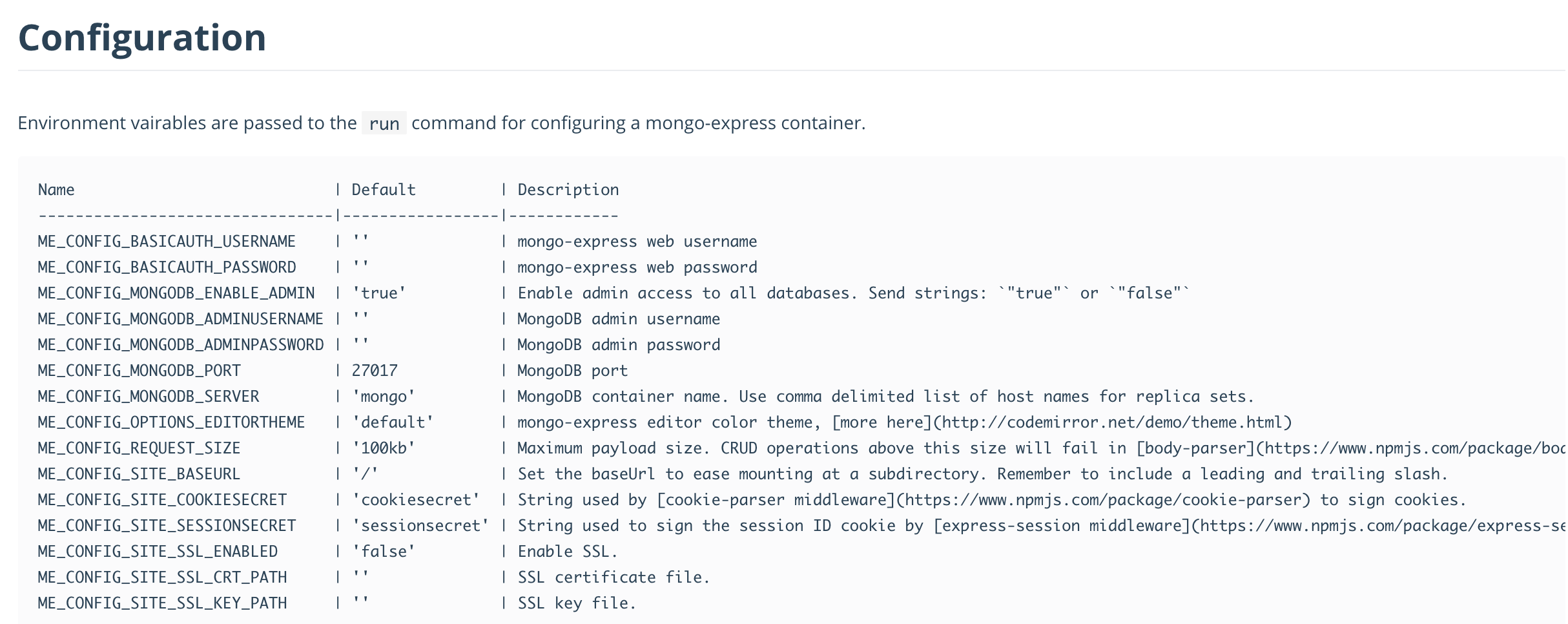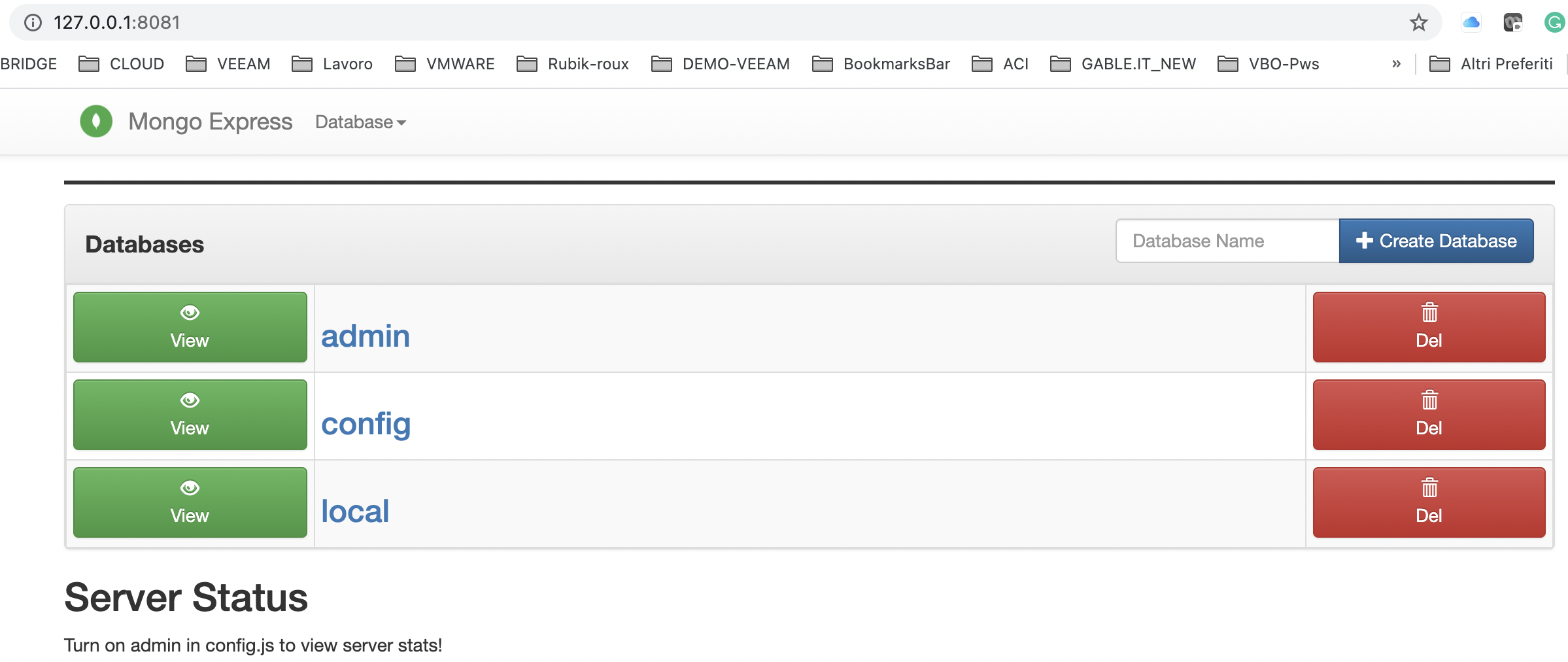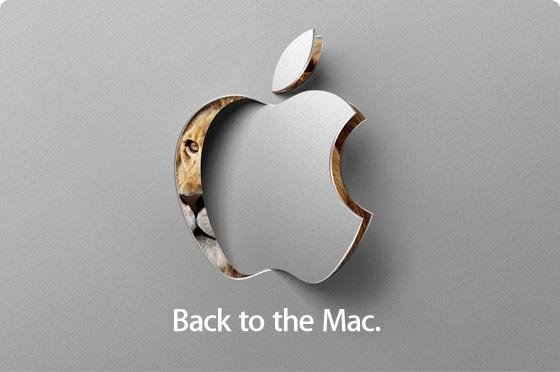
When I finish reading an article, I normally have two distinct impressions:
- In the first case the article has detailed and well explained subject coming to a clear conclusion.
- In the second the message is confused, does not reach the target, and becomes a generator of criticisms.
You also know that I love the bridge, which is the sport par excellence of mind and allows you to keep your brain trained through play. It has another big benefit: it is a perfect aggregation tool because it allows people of different ages And social classes to have a common subject conversation.
The last item published on the website of the Italian bridge game federation (FIGB) has left me perplexed.
I have reread the article signed by the president of the FIGB and the conclusions at which I arrived led me to write this article of mine.
I perceived a halo of negativity against the players who have chosen to NOT join the federation for the year 2021.
I quote verbatim: “ The provision would allow the approximately 10,000 bridge players who have not renewed, or in any case will not renew, the card in 2021 and for which the Federation could therefore close their doors. “
The first request that I set myself was: what are the reasons for which some players have chosen to NOT pay the card annually?
Assuming that each of us is available to pay for receiving a good / service, what services have the federation made available to its members when the pandemic made it impossible to play tournaments and leagues in presence? What did he do to help us overcome such a difficult time?
Let’s focus on two main thematic areas:
- Online tournaments
After about 12 months since the beginning of the pandemic, the federation has chosen to use the platform Real Bridge.
Some might tell me 12 months to develop one platform of the online bridge was a record time (and totally agree).
But Real Bridge is an English company and the federation’s activities have been only those of becoming the through between the clubs and the managers of the platform.
In summary, the value was to have named her unique tool to play federal tournaments.
What benefit do they have received the circles?
Surely an economic income derived from the registration paid by the players to participate in the tournaments but, as there is no national regulation, each club was able to decide the price of registration (putting in fact in competition with each other the various associations “stealing” the players).
Which were I parameters that caused a club to have tournaments with the greatest number of participants and therefore success?
The ability to attract players was the result of the ingenuity and availability of each individual local organization. The enormous organizational effort of a few then advised us to join forces by often grouping online clubs.
And what benefit has the Federation had?
For each full table, the club paid to the FIGB 1 € (for club tournament) e 2 € (per national simultaneous ) from January 2021.
Who paid for the platform RealBridge?
Directly the club, by paying a fee for each player participating in the tournament (immediately).
It could be done better? Yes, developing its own service at home bridge online is also useful for the next point.
- Use of digital platforms to encourage the game of bridge
My attention Not it is just placed on the promotion of our game in order to increase the number of players (which would require a deepening on the development methodologies to be pursued).
I think of the possibility (Unfortunately lost now that the pandemic no longer forces everyone at home) to realize online courses to help players of all levels improve their rank competence in the game.
The factor would be created reciprocity which would have thus reduced the distance between Federation And Players.
I add, think of the huge advantage competitive that could have been createdby exploiting the image of the bridge as an online aggregation point.
Instead of leaving space to impromptu organizers, the federation could have become the enabling factor and the fulcrum for creating a single large cohesive group of friends of the bridge.
It would have been a job demanding? Yes and like every time new professionalism is created, study and verification would have been necessary.
But Lady Luck would have assisted us, as they are already among us figures professional they have started to deal with this again template business before the pandemic. Why not do them become an integral part of the project?
Obviously, all accompanied by marketing actions would have highlighted the solidarity that is able to create our wonderful game.
A further reflection: the average age of the bridge player is over 60. Think about the opportunity formative lost.
If there had been that point of aggregation online we could have helped a player to use the new technologies (I’m talking about tablets, PCs …).
I imagine the marketing campaign where the commercial ends with the ” elderly ” bridge player who as a grandfather calls his granddaughter via FaceTime, google duo, WhatsApp, teams, telegram… using the Tablet with whom you play bridge online. The subtitle appears: Communicate with the bridge
But, there wasn’t any central direction.
My personal thanks to solidarity and availability from some which allowed fewer technological players to enter this “ new world “.
—-
Rereading my article, I hope it becomes clear that the real enemy is immobility, where we passively await the exit from the pandemic (hopefully in a definitive way) to return to a model that unfortunately Not alone is able to return our wonderful game to the glory it deserves.
—-
Let’s go back now to item :
Massimo Cerati proposes a solution for search for to re-enter the world of bridge the players who have chosen to play online only using other platforms not chosen by the FIGB you hate to play in presence tournaments NOT federal.
It is not just damaging to the federation but also for the circles which are the main meeting point of our sport.
What I really did NOT appreciate is that when faced with the proposal of a regional president, who is waiting to be evaluated by a federal council, the president can anticipate his own personal “merit” judgment.
Let me explain myself by reporting the sentence of the article again for greater clarity:
“ The measure would promote the 2022 membership of those who “speculated” in 2021: understandable speculation, given that it has resulted in savings for those who have implemented it on average equivalent to the cost of about a coffee a week! ”
I translate it as: “ The federation he expected that everyone would re-enrolled ”
But why expected that players sign up when in nine months of pandemic ( March – December 2020) your federation did not give value/services to your clients? They should have made the card for:
- Sympathy?
- Friendship?
- Divine Manzoniana Providence?
If as the writer you have purchased the card, you did it by buying a product/service based on the confidence that you place in the people you know and who have been very good sellers.
I believe that when a proposal (right or wrong as it is) comes to the table, it is essential to carry out an analysis with spirit entrepreneurial, taking advantage of all the tools that can help us achieve a business plan in order to understand its real effectiveness.
Like? Responding to requests costs / benefits of the type (I have reported only 4 for simplicity)
- What does it entail?
- What income can I achieve (short and long term)?
- What action should be implemented for those who have already trusted?
- How can I help the clubs?
The answers must be economically valued to understand, numbers in hand, which is the best way to our splendid game.
It is difficult for me to understand a judgment as a “sensation”.
Let me explain: in your opinion, dear readers, at the moment in which the president already makes public your own judgment is not already there influencing the judgment of those who will have to take one decision?
The answer is up to you.
I conclude this long article of mine with an appeal to everyone we bridge players :
We seek to be more proactive, we give away our ideas at Bridge in order to create that value for will allow our hobby to be played in the years to come.
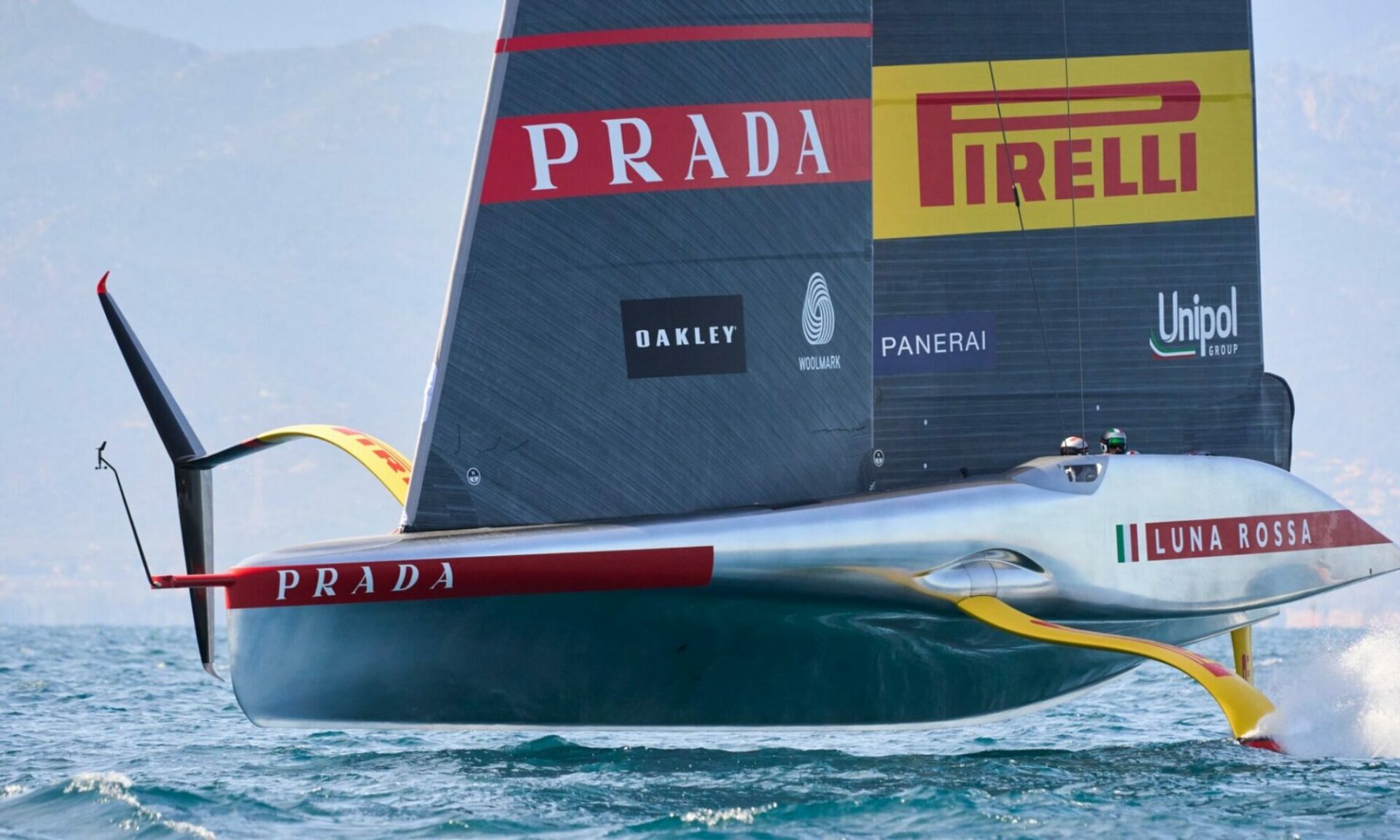







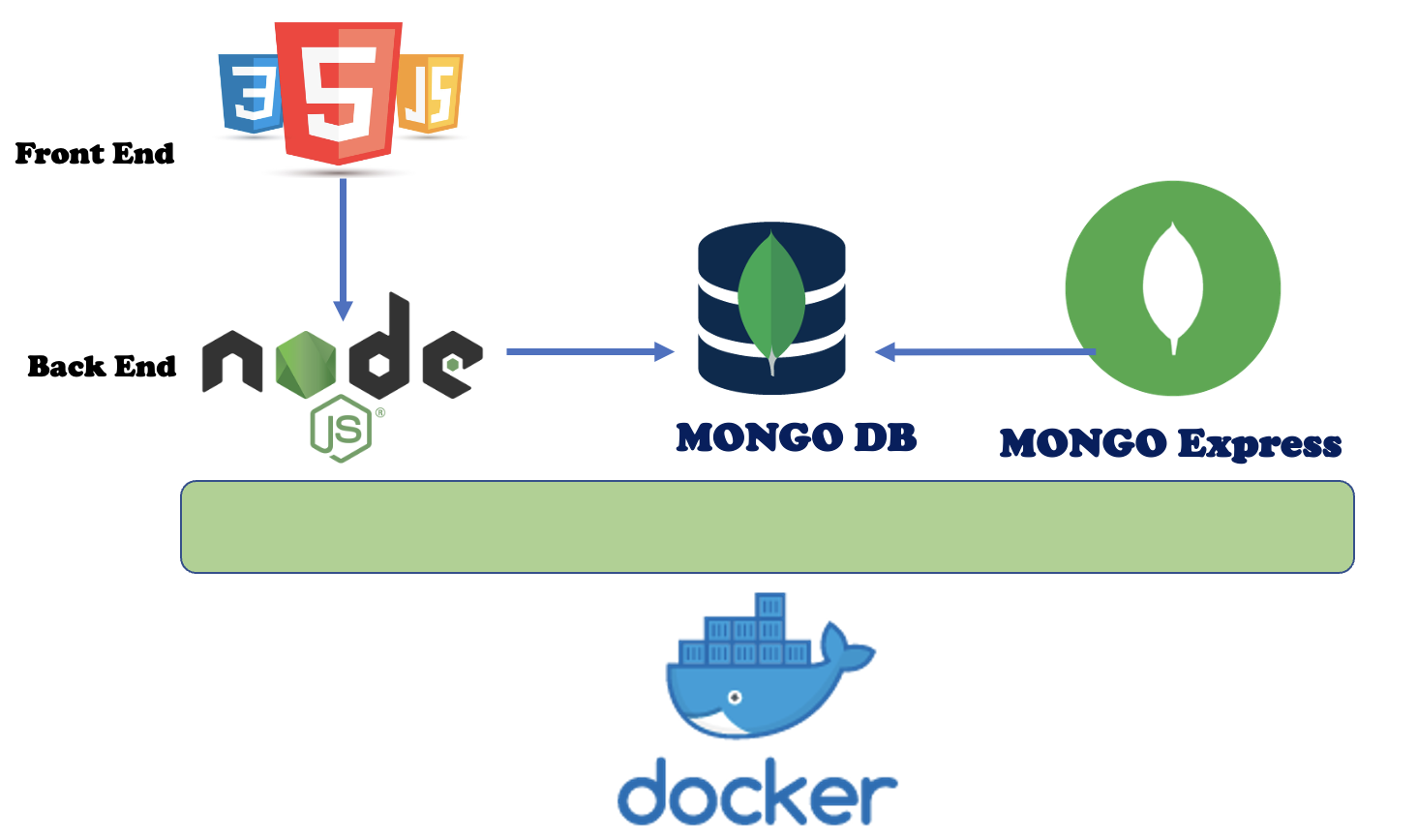 Picture 1
Picture 1



